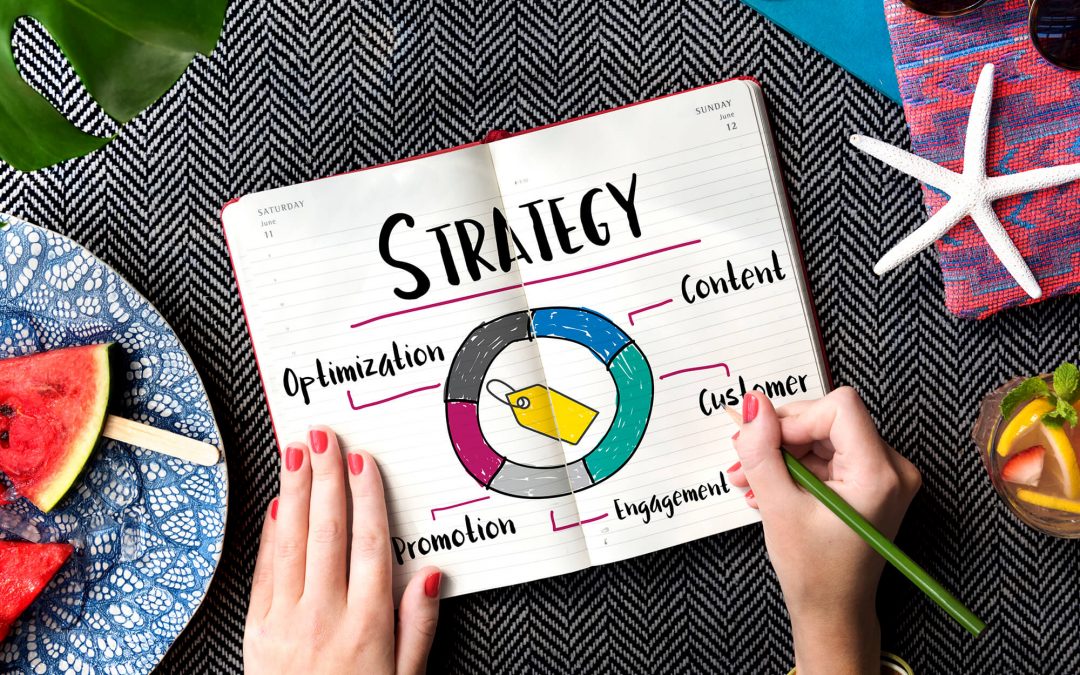Inbound marketing has become a cornerstone of modern digital marketing strategies. Unlike traditional outbound methods that rely on interruptive advertising, inbound marketing focuses on attracting, engaging, and delighting customers through valuable content and experiences. To thrive in today’s competitive landscape, businesses must master the art of inbound marketing. In this blog post, we will explore five tips to help schools succeed in their inbound marketing efforts.
Understand Your Target Audience
Successful inbound marketing begins with a deep understanding of your target audience. You need to know your students’ pain points, interests, demographics, and behaviour. Conduct market research, create detailed student personas, and gather insights from customer interactions. By knowing your audience inside and out, you can tailor your content and strategies to resonate with them effectively.
Create High-Quality, Valuable Content
Content is at the heart of inbound marketing. Whether it is blog posts, videos, ebooks, or social media updates, your content should provide real value to your audience. Address their problems, answer their questions, and offer solutions. High-quality content establishes your authority in the industry, drives organic traffic, and encourages repeat visits from your prospects.
Optimise for SEO
Search engine optimisation (SEO) is a vital component of inbound marketing. Optimising your content for search engines helps it rank higher in search results, making it more discoverable by prospective students. Conduct keyword research to identify relevant terms and phrases, and optimise your content accordingly. This includes optimising meta titles, descriptions, and headers, and using internal and external links to enhance your content’s authority.
Utilise Social Media
Social media is a powerful tool for inbound marketing. It allows you to engage with your audience directly and share your valuable content with a broader audience. Choose the social media platforms that align with your target audience’s preferences and habits. Consistency in posting, using eye-catching visuals, and encouraging social sharing can amplify the impact of your content on social media.
Implement Lead Generation Strategies
Inbound marketing is not just about attracting visitors; it is also about converting them into leads and ultimately into students. Implement lead generation strategies such as offering gated content (e.g., ebooks, webinars), creating compelling calls-to-action (CTAs), and using landing pages with forms. Collect visitor information in exchange for valuable resources, and nurture these leads through targeted email marketing campaigns.
Bonus Tip: Analyse and Iterate
Continuous improvement is key to successful inbound marketing. Regularly analyse the performance of your campaigns using analytics tools. Monitor key metrics such as website traffic, conversion rates, and social engagement. Use these insights to refine your strategies and tactics. Successful inbound marketing is an iterative process that adapts to changing customer behaviours and market trends.
Conclusion
Inbound marketing is a customer-centric approach that builds lasting relationships with your audience. By understanding your audience, creating valuable content, optimising for SEO, utilizing social media, implementing lead generation strategies, and consistently analysing and iterating, you can craft a successful inbound marketing strategy that attracts, engages, and delights your customers, ultimately driving growth and success for your business.
Thanks for taking the time to read our blog post on 5 tips for schools to master their inbound marketing. At faethe.marketing we have been helping schools to get more students through inbound marketing. So if you are looking to recruit more students for your programmes with minimal cost and effort, feel free to reach out to us.
